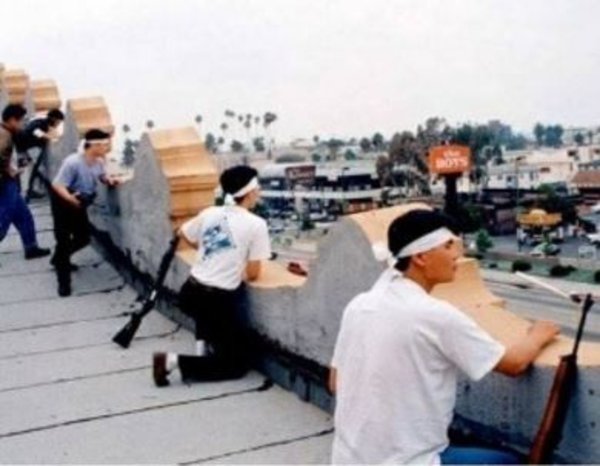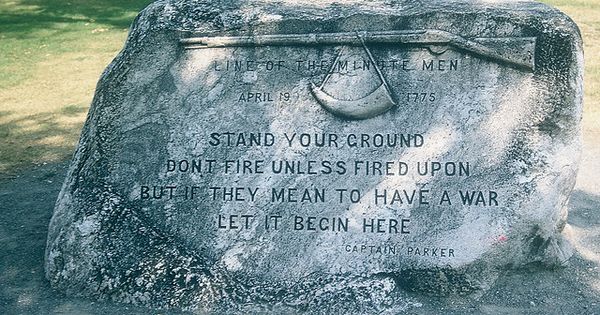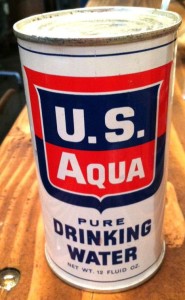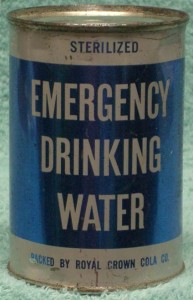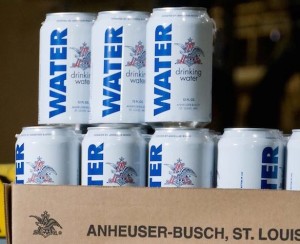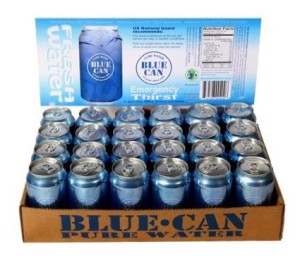I was staggering through the internet a few weeks back and saw that the folks at Violent Little Machine Shop, maker of some of my favorite ‘morale’ patches, had this little number:
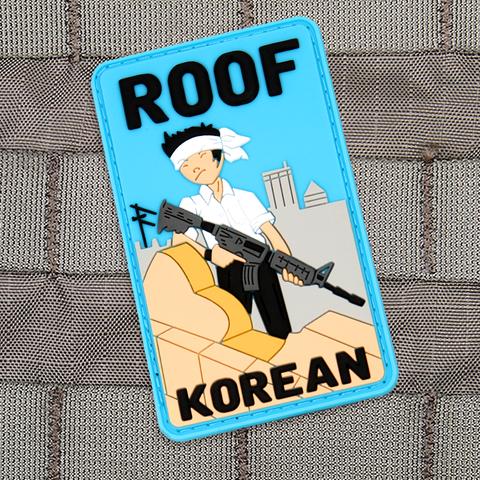 What, you may ask, is a ‘Roof Korean’? Well, it was 25 years ago so it’s entirely possible that a generation of survivalists may have not even been around when the Roof Koreans (and Ground Koreans) were workin’ their mojo.
What, you may ask, is a ‘Roof Korean’? Well, it was 25 years ago so it’s entirely possible that a generation of survivalists may have not even been around when the Roof Koreans (and Ground Koreans) were workin’ their mojo.
You know how in survivalist fiction there’s always those gun battles on Main Street with the townies and local shopkeepers swapping bullets with the bad guys like all the rules have been called off? Well, that actually happened.
The year was 1992 and a handful of white cops had beat a black motorist so badly that his parents must have felt it. The difference between this episode and the LA police departments other beatdowns was that this one was caught on tape and widely distributed. The cops went to trial on charges of police brutality. When the jury returned a verdict of ‘not guilty’ against the cops, a disgruntled demographic decided to politely protest the verdict by setting fires, looting, and committing violence against people who happened to be in the wrong place at the wrong time. Where were the cops? Well…that’s a good question. The official story is that the cops were outnumbered, too busy, stretched thin, etc. The prevailing opinion, however, is that they decided to let the mobs ‘get it out of their system’ and things would cam down. The Koreans just happened to be the target of choice for the mobs to use to let off some steam.
The Korean connection is that there has always been some bad blood between the black community and the Korean shopkeepers. Korean grocery stores are often targeted in these sorts of events because the black community, rightly or wrongly, views the Koreans as people who are just making a buck off them and care nothing about, and contribute nothing to, the black community. Against this backdrop of the 1992 LA Riots, some Korean businesses were targetted for violence.
Koreans are an interesting bunch. The ones I’ve met tend to be quite industrious and hard working. The Korean grocer in my neighborhood in Brooklyn was, as we’d say, a real mensch. He was the kinda grocer who, if money was tight, would let you get groceries and pay later. His wife and little girl worked in that shop and you can bet that he took care of that store because it took care of his family. Solid guy.
And….guys like that don’t take kindly to someone threatening to burn down the business that they’ve worked so hard to build. And a surprising number of Koreans have had military training in the old country. South Korea, being technically at war for the last 60 years, does not fool around with it’s military preparedness and training.
So…take a demographic that is highly-motivated to protect their livelihoods, have a strong sense of community, have some military training (or leadership that does), a surprising amount of weapons, put them in an urban cage match where the referees (the police) have decided to stay home and you get… Roof Koreans.
Rook Koreans were the symbol of the Korean shopkeeper protecting his store and his neighborhood. Even the unorganized mobs that were bent on an orgy of ‘payback’ and ‘justice’ decided to give these guys a wide berth. And when they didn’t…it became a bullet party.
The LA Riots of ’92 were interesting to watch and had some wide ranging impact. Police policy changed and, more importantly, the notion of the recording of police activities by bystanders entered the mainstream. This new level of accountability, which was beyond police control, still causes headlines…it seems like every recent high-profile shooting is caught on video these days.
I don’t know anyone who was there with the Koreans, Ground Or Roof version, but I would imagine that the whole incident left a strong impression and that if it happens again there will be significant upgrade to the firepower. Standing guard all night behind barricades of bundled recycled cardboard definitely makes one think that perhaps a Mini-14 might be a better choice than a Ruger Red Label.
Given the nature of politics and media these days, it isn’t hard to think that there’s going to be more events like these in the future. Best we can do is avoid it if possible and be prepared for the times we can’t.

